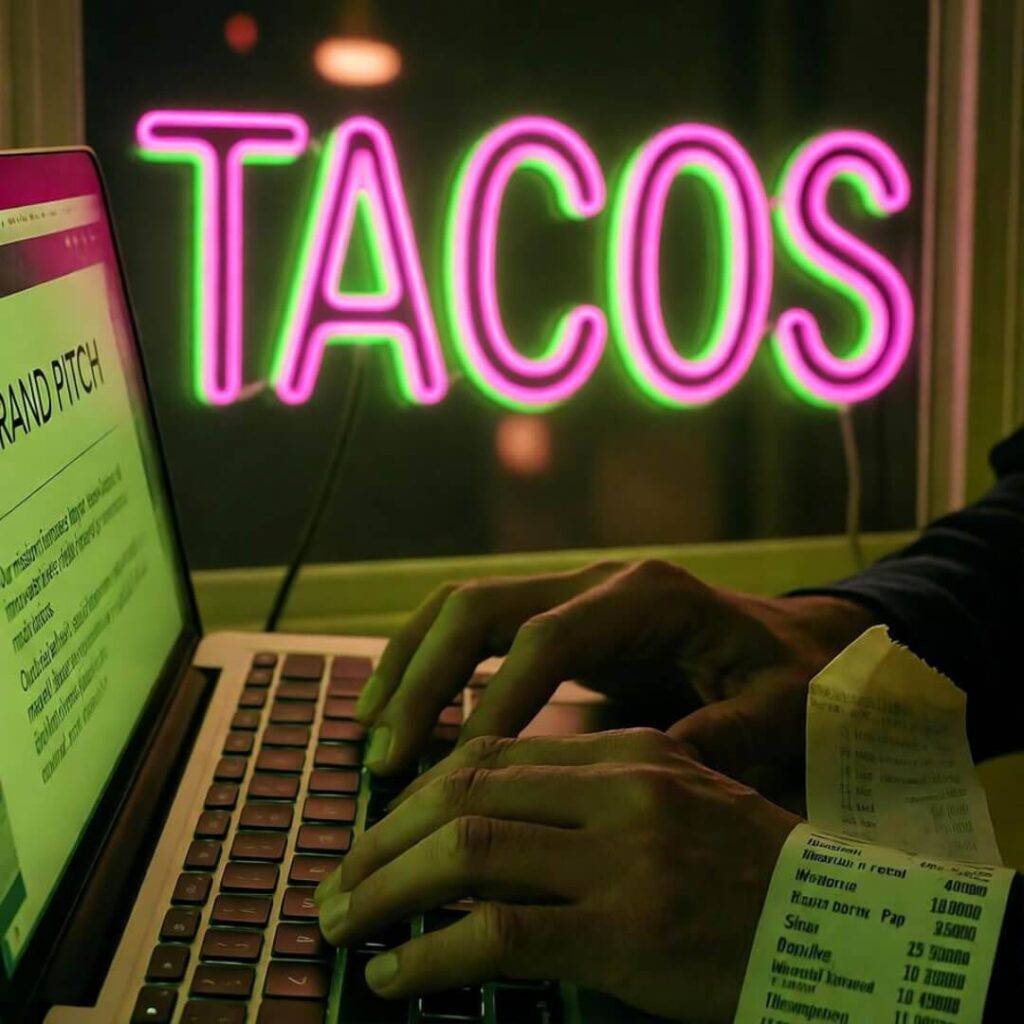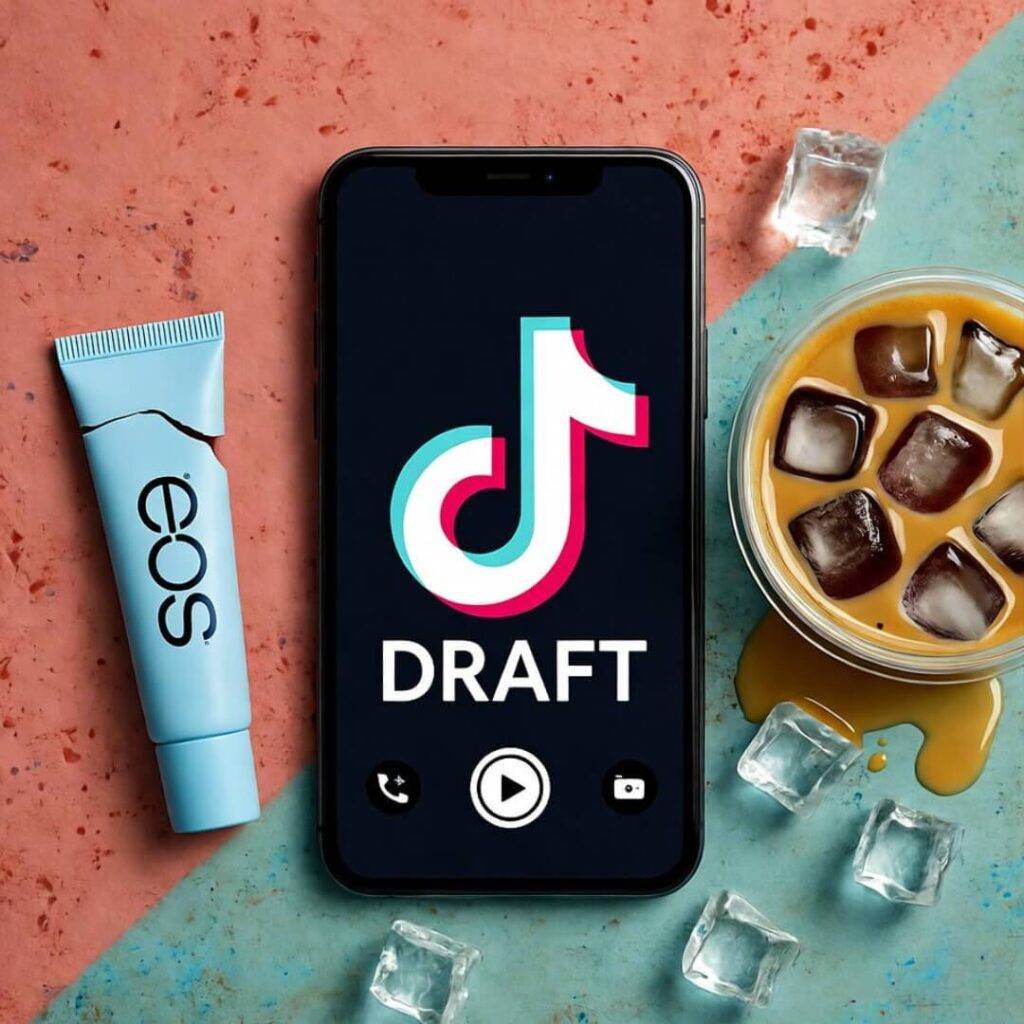
I’m parked at this Austin coffee shop, the kind with sticky tables and a barista who’s probably writing poetry on her break. Smells like burnt sugar and ambition, and I’m trying not to knock my iced coffee onto my laptop. Becoming a brand influencer has been a total trip for me—half awesome, half “what am I even doing?” I’m gonna dump all my embarrassing stories and scrappy tips on how to become a brand influencer and score paid partnerships, straight from my messy, American, “I’m just winging it” life. Forgive me if I ramble or spell something wrong—I’m running on caffeine and vibes.
Why I Even Started This Influencer Thing
A few years back, I was slouched on my creaky bed in Austin, scrolling Insta while my neighbor’s dog howled at nothing. I saw these influencers posting about cute mugs or fancy skincare, and I was like, “Wait, you get paid to post this stuff?” I didn’t just want freebies (though, okay, free candles are my kryptonite). I wanted to share my chaotic little world and maybe pay my bills. Becoming a brand influencer seemed like a way to turn my random rants into something real.
But, like, it’s not all cute pics. I once tried to make a “trendy” smoothie bowl for a post, and it looked like swamp sludge. Posted it with a caption like, “Well, I tried.” My followers laughed with me, not at me (I hope). That flop taught me: people vibe with your real, messy self way more than some fake perfection.
Finding My Niche (Or How I Became “Candle Chick” By Accident)
My Insta was a total mess at first—random tacos, my cat napping, me whining about Austin traffic. Then I posted a pic of this cheap candle I got at a gas station, joking about how it was my only vibe during a power outage. Got, like, way more likes than my usual posts. People loved my candle obsession, go figure.
How to Find Your Thing
Here’s my take on picking a niche to become a brand influencer:
- What do you geek out over? For me, it’s candles (no idea why). Maybe you’re into sneakers, baking, or old vinyls. Pick something you’d talk about for hours.
- Test the waters: I posted candles for a month—different scents, dumb stories about burning them at 2 a.m. It started clicking.
- Don’t box yourself in: I throw in random stuff, like my coffee shop rants or my cluttered apartment. Keeps it real.

Growing a Following Without Losing It
Growing a following to become a brand influencer is like trying to convince my cat to not knock over my plants—hard and kinda pointless sometimes. I started with 200 followers, mostly my roommates and my mom’s friends. Now I’m at 9k, which ain’t massive, but it’s enough for brands to DM me. Here’s the tea.
Engage Like Crazy
- Talk to your people: I once spent a whole night answering DMs about candle scents. My hands were cramping, but it turned strangers into fans.
- Post a bunch: I try for 2-3 posts a week, Stories every day. It’s a slog, but brands notice if you show up.
- Hashtags are key: I use big ones like #CandleLover and weird ones like #WickWednesday. Check Later’s hashtag guide for ideas.
Real talk: I got suckered into buying 200 followers once. Big mistake. They were bots, my engagement crashed, and I felt like a fraud. Don’t do it. Slow and real is the way to go.
Pitching for Paid Partnerships (And My Epic Fail)
Landing paid partnerships is the dream when you’re trying to become a brand influencer. My first pitch? Total disaster. I emailed a local soap brand, raving about their eucalyptus stuff, but sent a blurry pic of my cat instead of my media kit. I wanted to die. They never wrote back, and I stress-ate tacos for a week.
How to Pitch (Sorta) Better
- Make a media kit: Mine’s a scrappy PDF with my follower count, engagement rate (3.2%, not great but whatever), and some decent pics. Canva has free templates that aren’t awful.
- Make it personal: I pitched a candle brand about how their cedar scent got me through a breakup. They ate it up.
- Follow up nice: Wait a week, send a quick “Hey, just checking in!” email. Don’t be annoying, but don’t give up.

Making Content Brands Actually Want
Brands want stuff that’s cool but not fake. I learned this after spending hours on a “perfect” candle shot that looked like a bad Etsy ad. Now I lean into my mess—crooked pics, coffee rings, real captions about my life.
Tips for Content That Pops
- Gear doesn’t gotta be fancy: My iPhone and a $12 ring light from Amazon do the job.
- Tell a story: My best post was about a candle that reminded me of camping with my dad. Got 700 likes and a brand DM!
- Try new stuff: Reels get more views. My first one was me “dancing” with a candle—super cringey, but it got some traction.

My Biggest Screw-Ups (Learn From Me)
I’ve messed up so much. I once took a paid gig with a sketchy wellness brand ‘cause I needed cash. The product sucked, my followers called me out, and I felt like garbage. Lesson: only work with brands you’d actually use. Also, I used to stress about likes and it made me hate posting. Oh, and I misspelled a brand’s name in a caption once—yep, they noticed. Always double-check your stuff.
Wrapping Up: It’s a Grind, But It’s Kinda Awesome
Becoming a brand influencer and landing paid partnerships is like running through mud in flip-flops—messy, but you can make it. I’m still tripping over my own feet, spilling coffee, sending emails with typos, but every deal I land feels like a win. Be yourself, share what you’re obsessed with, and don’t be scared to slide into those brand DMs.











































